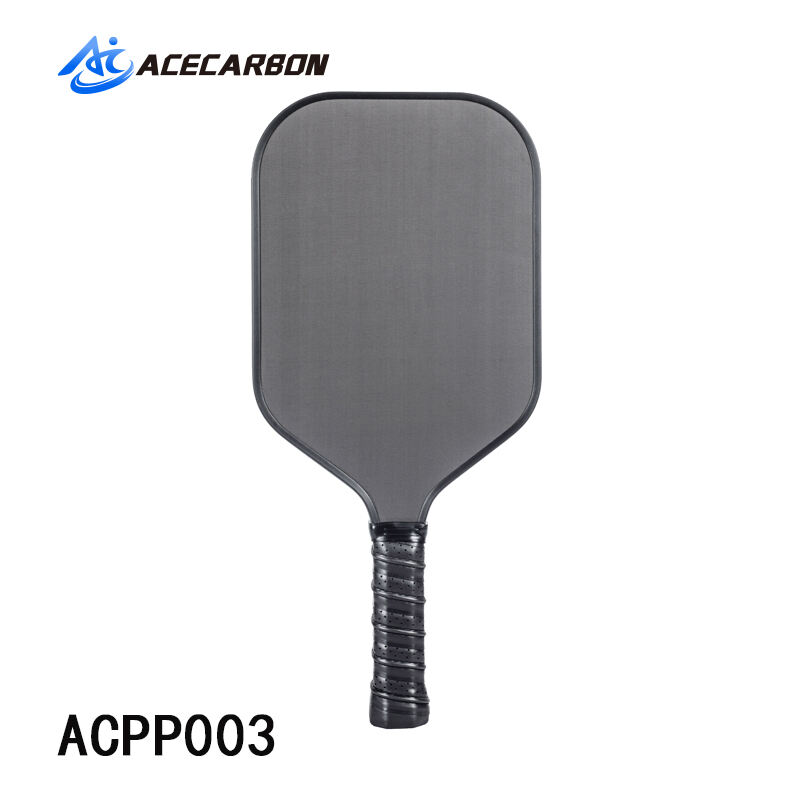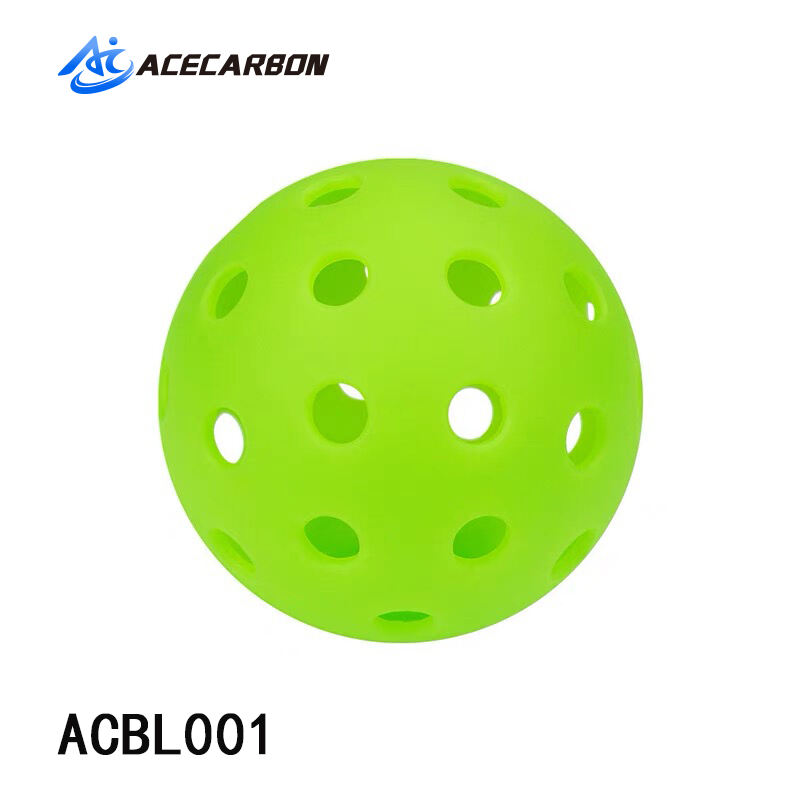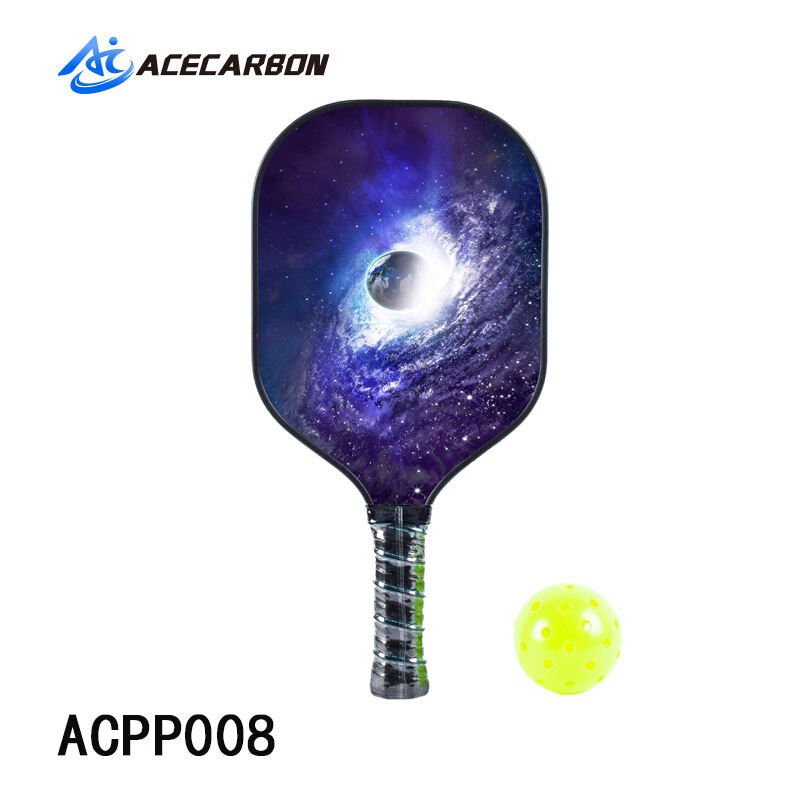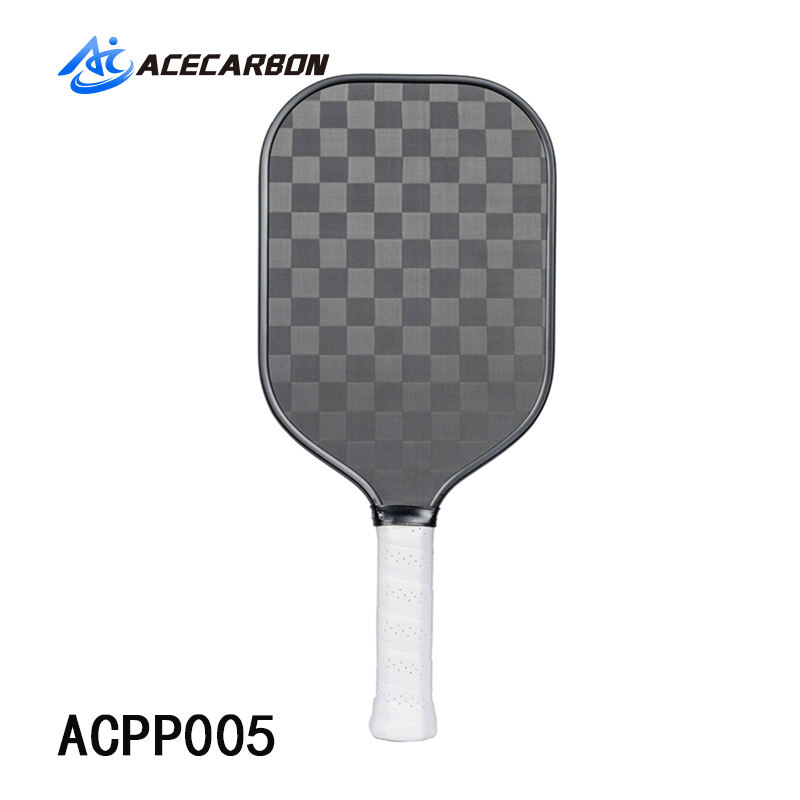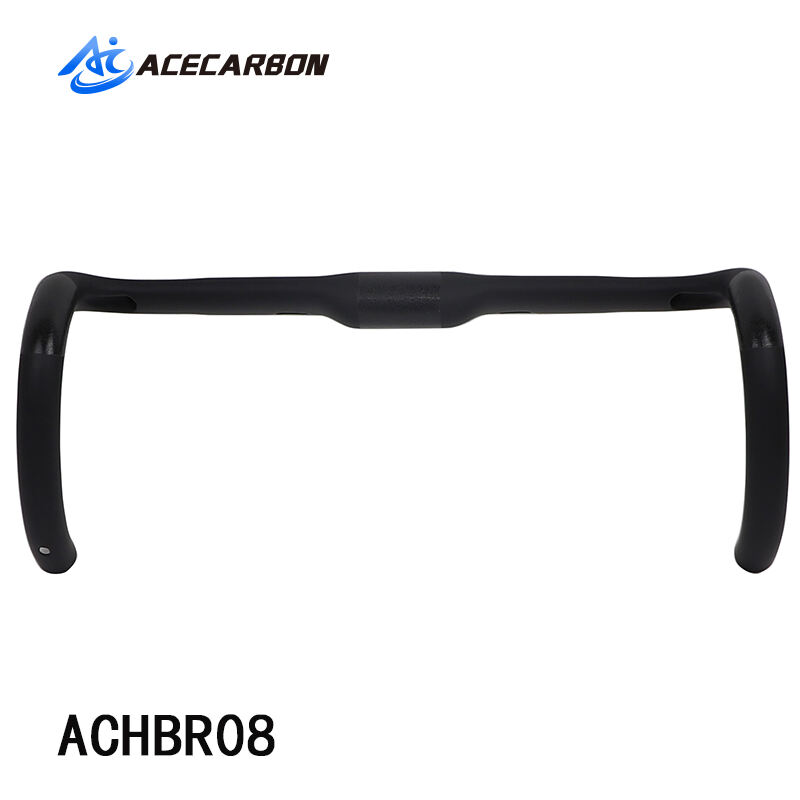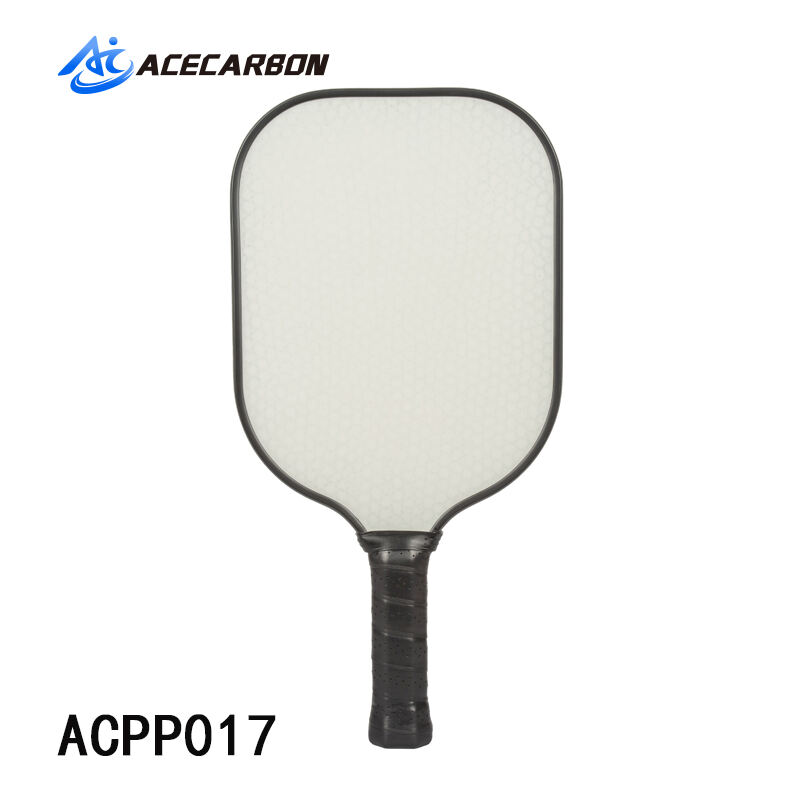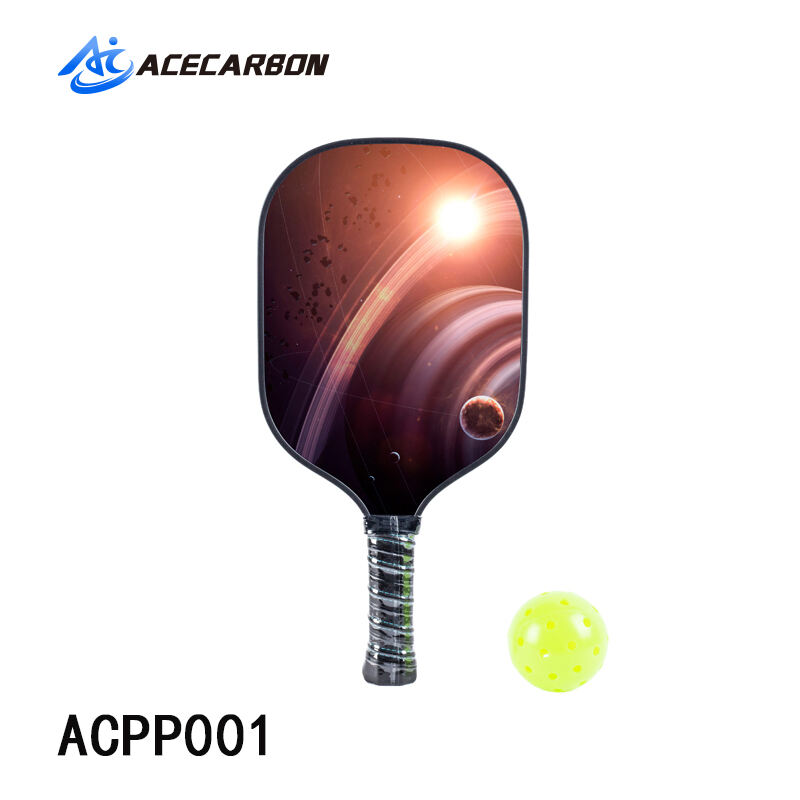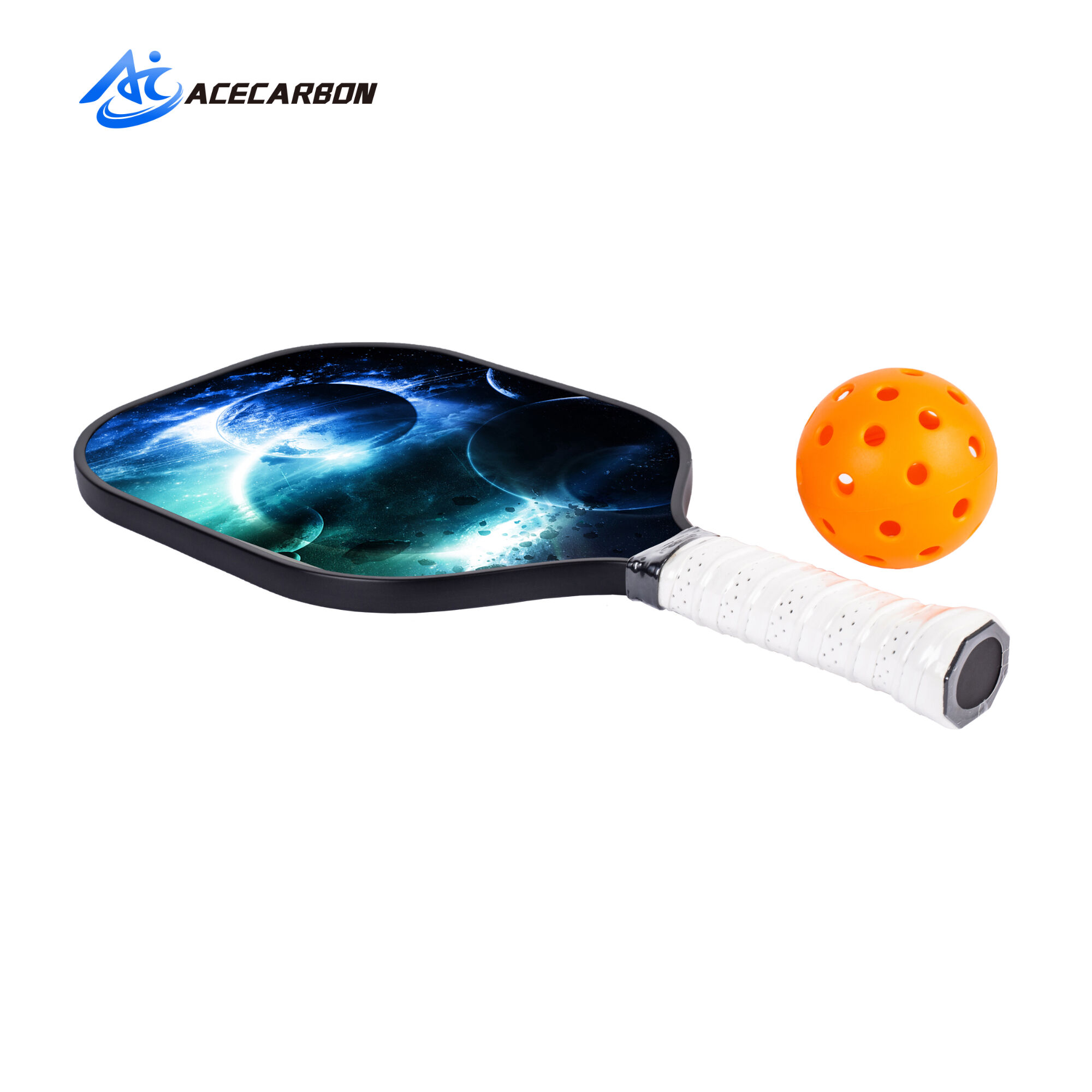Boost Your Game: How to Select the Right Tennis Racket
Understanding Your Tennis Profile
Skill Level Assessment
Understanding your skill level is crucial when choosing the right tennis equipment and setting realistic performance goals. Whether you're a beginner, intermediate, or advanced player will influence your needs significantly. Beginners may focus on learning the basics, while advanced players refine their techniques and strategies.
Assessing one's skill level starts with taking advantage of various self assessment tools and questionnaires that are readily accessible on the internet. Such resources often highlight where someone excels and where they might need work, pointing them towards appropriate gear and workout plans. Getting input from experienced coaches adds another layer of understanding about what someone actually brings to the table. Competing in real matches at local events gives players a pretty good idea of how they stack up against others, making it easier to spot things that need fixing. For those just starting out, following some basic tennis pointers makes all the difference when trying to move forward in this game.
Identifying Your Playing Style
The way someone plays tennis really affects what kind of racket works best for them. People who stay back at the baseline hitting big groundstrokes versus those who move around the court or dart forward to the net all require different equipment setups. For players who spend most time near the baseline, they generally benefit from rackets that offer extra power and bigger sweet spots. On the flip side, folks who love serving and rushing to the net tend to prefer sticks with better control characteristics so they can place their shots exactly where needed during quick exchanges at the net.
Players looking to identify their style should look back at previous matches and notice areas where they tend to perform best whether it's strong serves, effective volleys, or solid returns. Understanding these strengths allows for better customization of practice routines and gear selection based on what works naturally during play. Many athletes find that their experience with other racquet sports influences their approach to tennis too. Someone who enjoys badminton might develop quicker footwork patterns while those familiar with pickleball often bring a different kind of shot selection into their game. These cross-sport influences create a broader skill set that makes players more adaptable during competition situations.
By examining your skill level and playing style, you can make informed decisions about the equipment that will best support your game and help elevate your tennis performance.
Essential Racket Specifications for Performance
Weight and Balance Dynamics
How heavy a tennis racket is makes a big difference in how fast someone can swing it and stay stable during matches. Rackets that weigh more tend to give better control, though they need stronger arms to handle properly. On the flip side, lighter models let players whip their swings around quicker, which works well for those relying on fast reactions. The balance point matters too – some rackets are heavier at the head while others have more weight towards the handle. This affects both how easy they are to move around and how much power comes off each shot. The USTA actually has guidelines about what weights work best for different kinds of players based on their skill level and playing style. Finding something comfortable that fits how someone naturally plays remains key regardless of these recommendations.
Head Size and Sweet Spot Optimization
Head size makes a real difference when it comes to how well someone plays tennis. Bigger rackets come with larger sweet spots that boost power and help hit balls straighter, which explains why they're so popular among new players who need extra confidence while learning the game. Advanced players tend to go for smaller heads instead since they want finer control over every shot they make. Studies have shown that hitting within the sweet spot area consistently leads to better accuracy overall. Knowing exactly where this sweet spot lies on any given racket helps players get the most out of their equipment during matches.
String Patterns for Spin and Control
Getting the right string pattern makes all the difference when it comes to spin and control on the court. Open setups like 16x19 give players more spin potential, which works well for those who hit lots of topspin shots or slice crosscourt. Denser patterns around 18x20 provide better control and accuracy, though they sacrifice some spin capability. Most seasoned players mess around with different tensions too high tension gives them tighter control while low tension adds punch to their shots. Finding what works best depends on individual style and how each player approaches points and builds strategies throughout matches.
Grip Size and Material Choices
Getting the correct grip size matters a lot when it comes to staying comfortable and having good control over the racket. If someone grabs a grip that's too tiny, their hands tend to slip around during actual gameplay. On the flip side, going too big often results in sore arms or even potential injuries from improper positioning. Trying out various materials makes all the difference too. Synthetic options usually offer decent grip but wear down faster than traditional leather ones that stick better but need more maintenance. Players should really spend time testing different combinations both indoors and outdoors since weather conditions affect how well any particular grip works. After some trial and error, most find what feels right for them based on their unique style of play and physical build.
Matching Technology to Game Strategy
Power vs. Control Frame Designs
Knowing the difference between power and control racket designs matters a lot for tennis players wanting to get better results during matches. Power rackets usually come with bigger heads and weigh less, which helps hit harder shots from the back of the court. These work well for players who like hitting deep balls with lots of force. Control rackets tell a different story though they tend to have smaller heads and tighter string beds that let players place their shots more accurately. Many pros will tell anyone willing to listen that picking the right racket really depends on how someone plays and what strategies they use in games. Getting this straight means choosing equipment that plays to one's natural strengths while also creating problems for opponents trying to return those shots.
For example, serve-and-volley players may find greater success with control rackets, which ensure precision and effective net play. Meanwhile, all-court players often seek a balance between power and control, benefiting from a racket that adapts to their dynamic play style.
Spin-Friendly vs. Precision Builds
The decision between spin-friendly and precision racket builds really affects how someone plays tennis, based largely on what kind of player they are. Rackets that favor spin tend to come with open string setups. The strings move around more in these frames, so players get extra spin when hitting balls. This makes topspin drives and slice shots work better than usual. For those looking at precision builds though, these are made for folks who care most about where their shots land. Tighter string spacing is common here along with smaller sweet spots that help keep shots going exactly where intended. Many competitive players swear by this setup because it cuts down on wild swings during crucial points.
For those unsure of which racket style suits them best, experimenting through demo sessions can offer invaluable insights. Trying out various rackets allows players to experience firsthand the impact of different designs on their gameplay, ultimately leading to more informed equipment choices.
Expert Tips for Selecting Your Perfect Match
Demo Programs and Playtesting
Trying out demo programs and getting some real court time with different rackets makes all the difference when picking the right tennis racket for serious play. These trial sessions let players actually swing and hit balls with various models before spending money, giving them a true sense of how each one handles. During playtests, folks start to notice what works for their game through hands-on experience rather than just reading specs online. Keeping notes on what feels comfortable during those sessions helps track which rackets perform best under pressure. Some players might prefer lighter frames for faster swings while others need something heavier for power shots. After testing several options, most people end up finding that one particular racket just clicks in their grip. Top pros and seasoned coaches consistently stress this same point: nothing beats feeling a racket in action before buying it, since paper stats rarely tell the whole story about how it will actually perform during matches.
Balancing Budget and Quality
Getting the right balance between what we spend and what we get matters a lot when picking out a tennis racket. It helps us invest wisely while still getting good performance on the court. First things first though, setting a realistic budget makes sense since top of the line rackets usually have fancy tech features most beginners don't really need. Still worth checking out some basic models too, because sometimes they actually give pretty good value for the money spent. Look around at different brands offering decent quality sticks in our price bracket. That often leads to happy shopping experiences where the racket works well enough for regular play. Don't forget about warranty coverage and how responsive customer service might be either. These things matter after buying day comes and goes. Good support means problems get fixed faster, giving extra confidence in our purchase decision. Keep all these points in mind during shopping trips, and chances are better we'll land on a racket that doesn't break the bank but still plays nicely.

 EN
EN
 AR
AR
 BG
BG
 HR
HR
 CS
CS
 DA
DA
 NL
NL
 FI
FI
 FR
FR
 DE
DE
 EL
EL
 HI
HI
 IT
IT
 JA
JA
 KO
KO
 NO
NO
 PL
PL
 PT
PT
 RU
RU
 ES
ES
 SV
SV
 TL
TL
 ID
ID
 SR
SR
 SK
SK
 SL
SL
 UK
UK
 VI
VI
 HU
HU
 TH
TH
 TR
TR
 FA
FA
 MS
MS
 IS
IS
 AZ
AZ
 BN
BN
 LO
LO
 MI
MI
 MY
MY
 SM
SM

